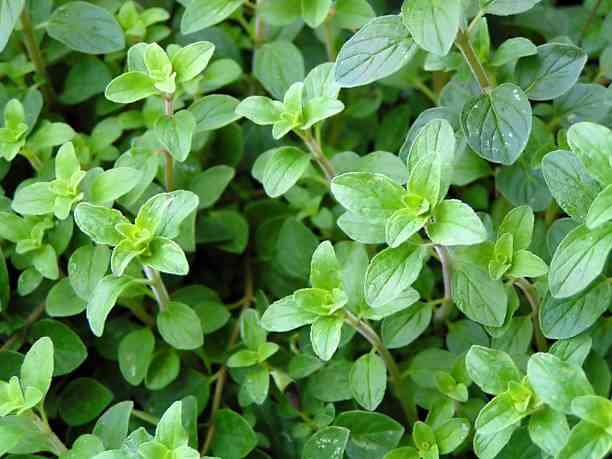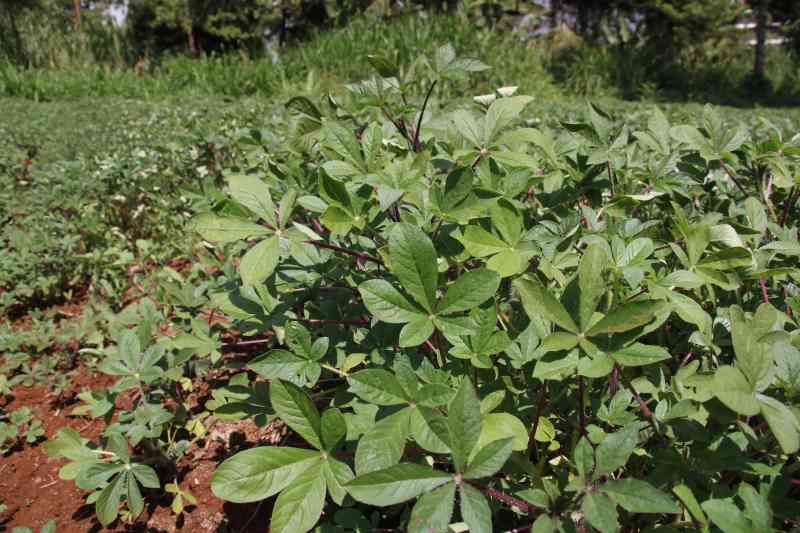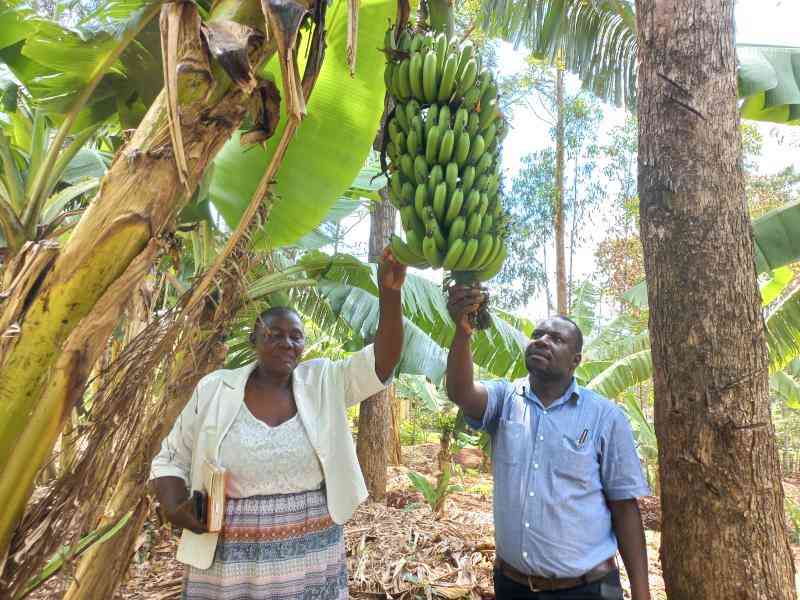In every smallholder household across Kenya, like any other African countries, dairy production is a family operation in which all family members have a role to play.
The dairy production is an important element for women for whom it provides a regular income, thus, contributes to household food security. Women are generally involved in several activities along the dairy value chain for instance collection, processing, and marketing of milk and other dairy products.
According to 2019 census statistics from Kenya National Bureau of Statistic [KNBS], 70 per cent of Kenyans live in rural areas, 80 per cent of whom are engaged in agriculture. Demand for dairy products has grown steadily over time and continues to grow especially in urban centres. Dairy provides a higher return and generates employment than other most food value chains.
Smallholder dairy, therefore, provides a huge potential of reducing rural poverty but the sector has experienced overwhelming challenges with the Covid-19 pandemic and the locust invasion. There is a need to embrace a more inclusive and sustainable means of tackling these issues.
Smallholder dairy production is considered beneficial especially for women. This is because milk sales provide regular and often accessible income and also essential in diversifying household diets. The growth of the dairy sector in Kenya presents many opportunities along the value chain, however, many women are unable to transition from subsistence to commercialised production to take advantage of these opportunities mainly due to the high transaction costs and other limiting factors.
Towards sustainable development, the global agenda 2030 principle of “leaving no one behind” has guided most countries, Kenya included, in developing more inclusive policies and initiatives by government and other developing partners. Rural women however are still in a disadvantaged position for lack of access to productive resources, services and markets. By forming cooperatives, women are overcoming these issues.
Like any industry, the dairy sector recognizes its environmental footprint. As the global demand for milk and dairy food increases, overall greenhouse gas emissions have also increased, but to a lesser degree than the production. The dairy sector is proactive and has made solid commitments towards reducing emissions, at the national level or through the Dairy Declaration of Rotterdam.
Livestock is an asset woman can access and control more easily as compared to land and other assets.
A recent study of dairy farming in seven regions of Western Kenya indicates that, in 35 per cent of all households surveyed, women played a key role in taking care of and feeding the cattle, including grazing and cutting and carrying feed, depending on whether the production system was based on grazing or stall-feeding. In 48 per cent of dairy farms, women took primary responsibility for fetching water or watering the animals.
The report further reveals that women were responsible for milking in 56 per cent of the farms, and for milk marketing in 60 per cent of households.
Other activities key activities that women in dairy sector involves in are spraying, dipping, and contacting veterinary services.
In Kenya’s arid and semi-arid lands, women pastoralists typically manage sheep and goats. Because these animals tend to remain closer to the homestead, their care is perceived to be an extension of women’s domestic activities. Gender roles and dynamics in dairy production in the dry lands present specific features based on the socio-cultural setting and type of production system, which is still largely based on extensive grazing.
Teresiah Wairimu-Member Nakuru Dairy Platform and Risper Chelangat-Consumer Unity and Trust Society
Want to get latest farming tips and videos?
Join Us
 The Standard Group Plc is a multi-media organization
with investments in media platforms spanning newspaper print operations,
television, radio broadcasting, digital and online services. The Standard Group
is recognized as a leading multi-media house in Kenya with a key influence in
matters of national and international interest.
The Standard Group Plc is a multi-media organization
with investments in media platforms spanning newspaper print operations,
television, radio broadcasting, digital and online services. The Standard Group
is recognized as a leading multi-media house in Kenya with a key influence in
matters of national and international interest.
 The Standard Group Plc is a multi-media organization
with investments in media platforms spanning newspaper print operations,
television, radio broadcasting, digital and online services. The Standard Group
is recognized as a leading multi-media house in Kenya with a key influence in
matters of national and international interest.
The Standard Group Plc is a multi-media organization
with investments in media platforms spanning newspaper print operations,
television, radio broadcasting, digital and online services. The Standard Group
is recognized as a leading multi-media house in Kenya with a key influence in
matters of national and international interest.






